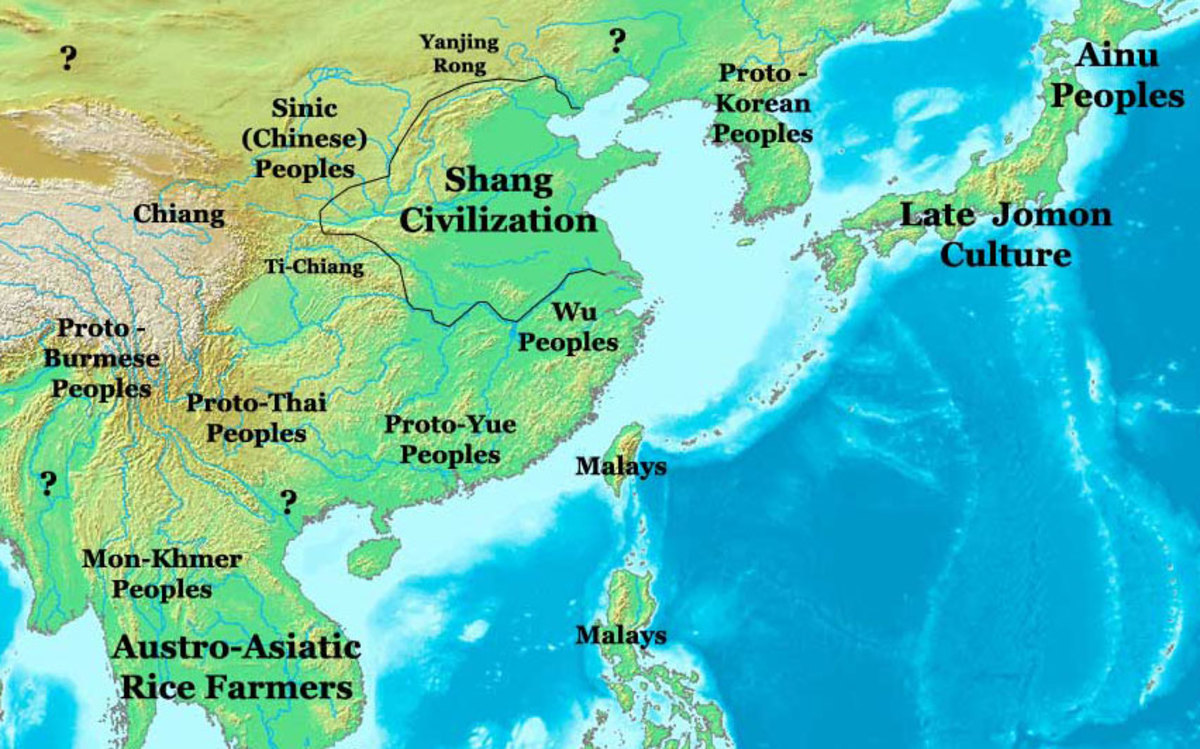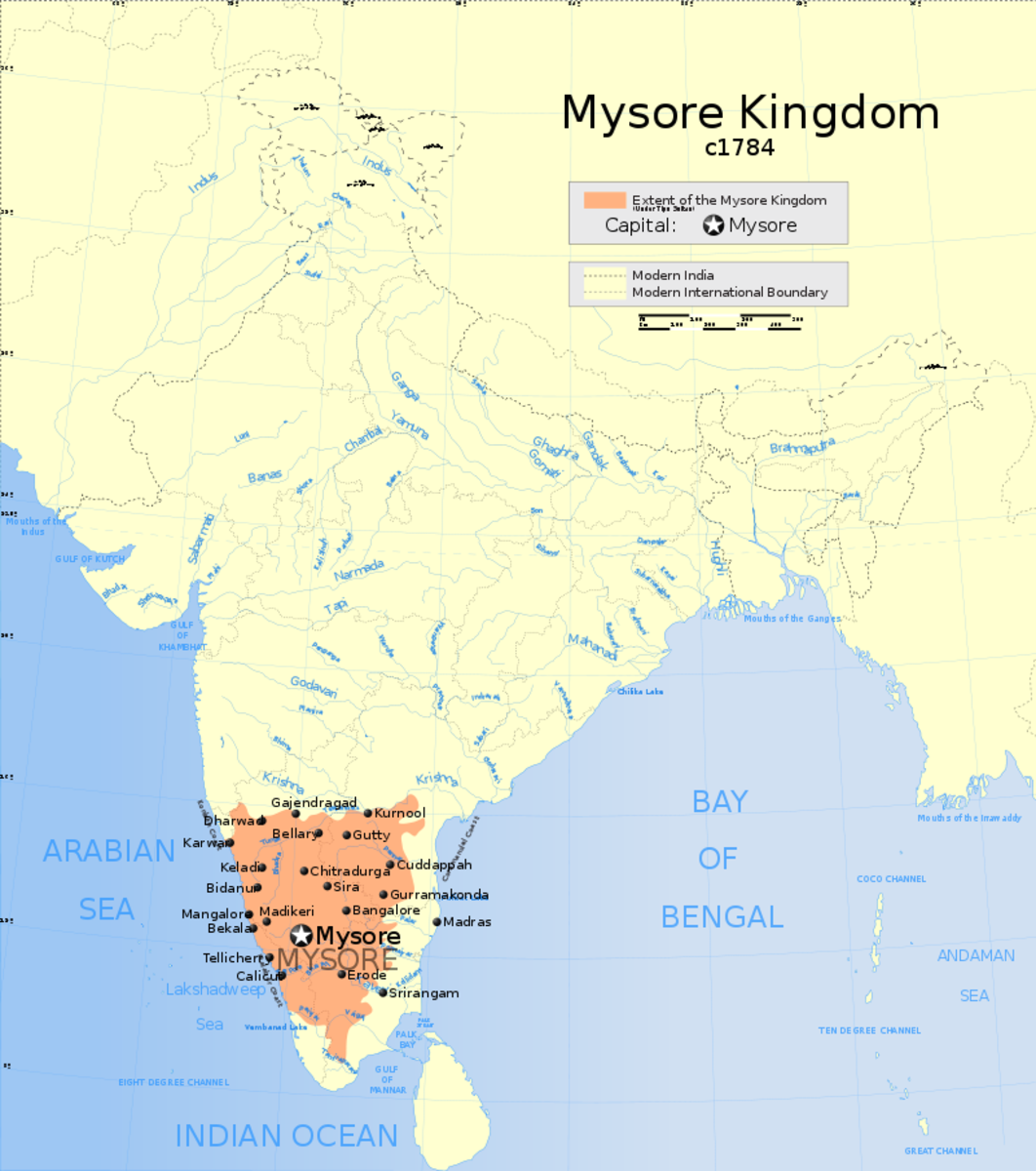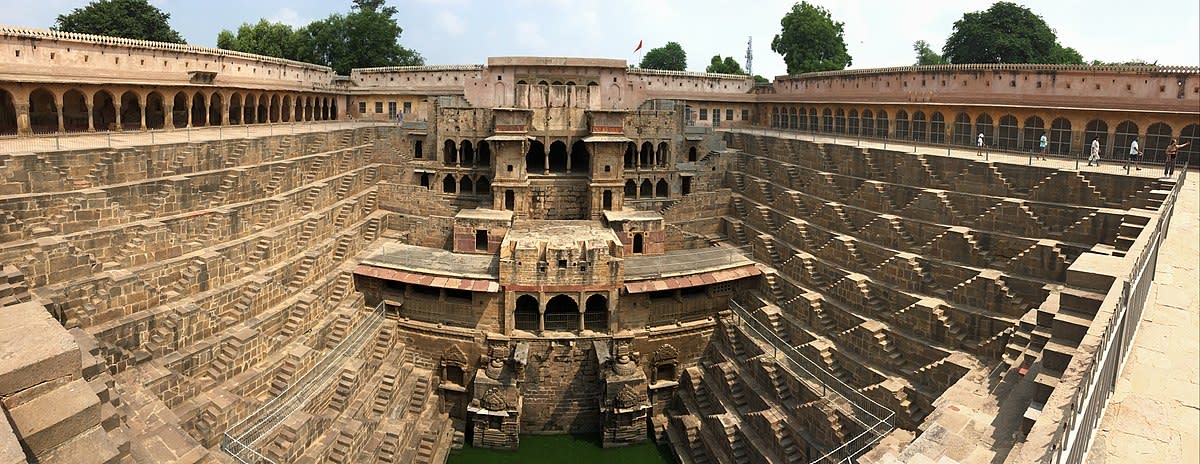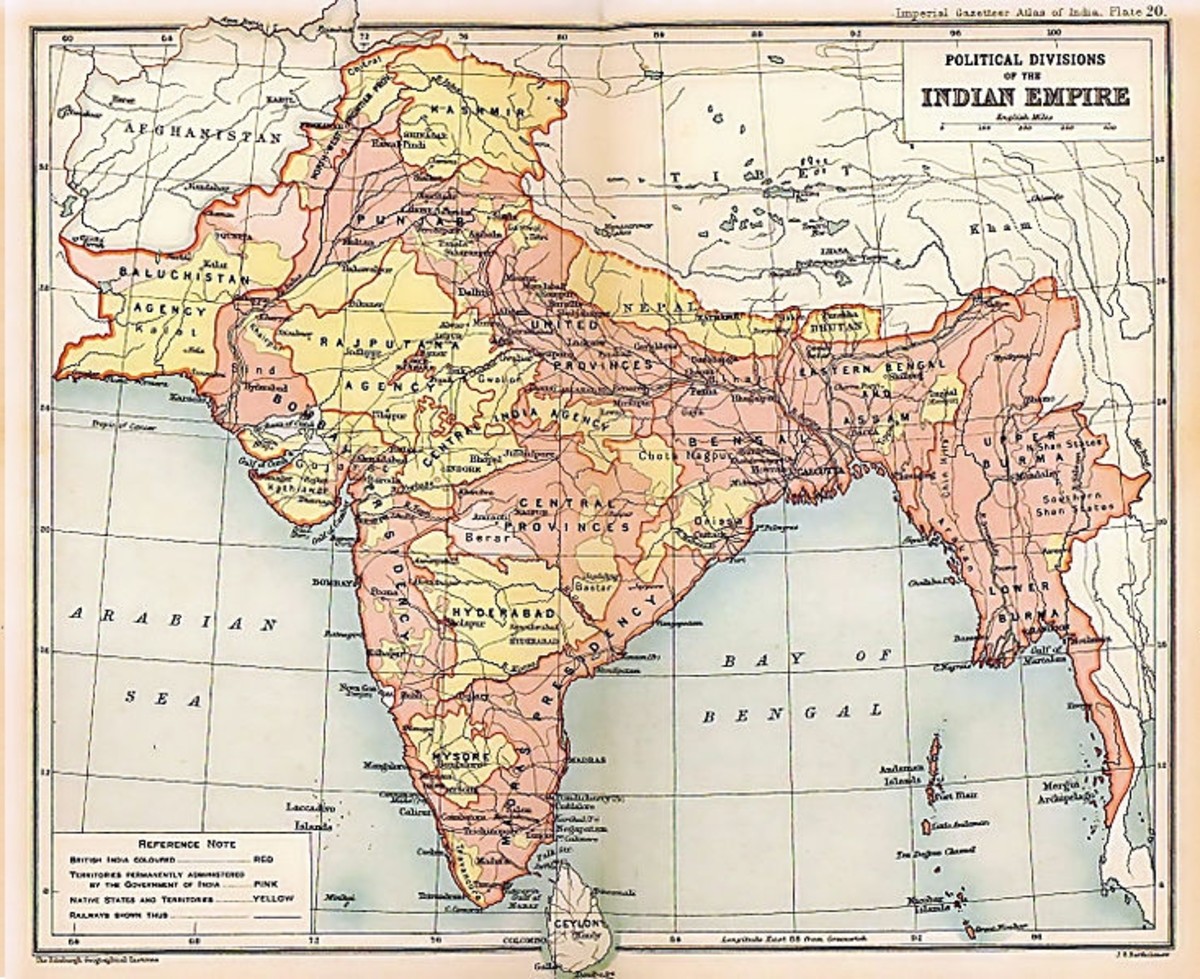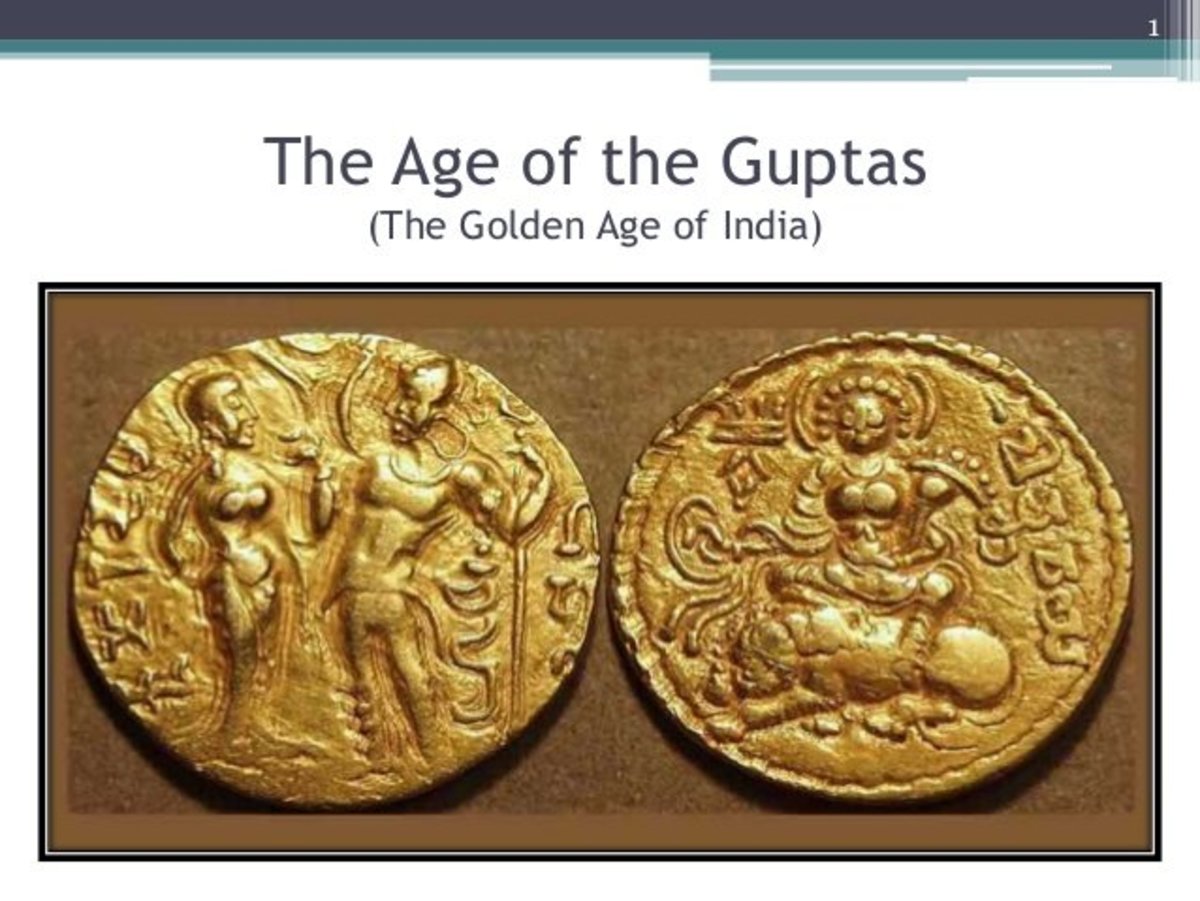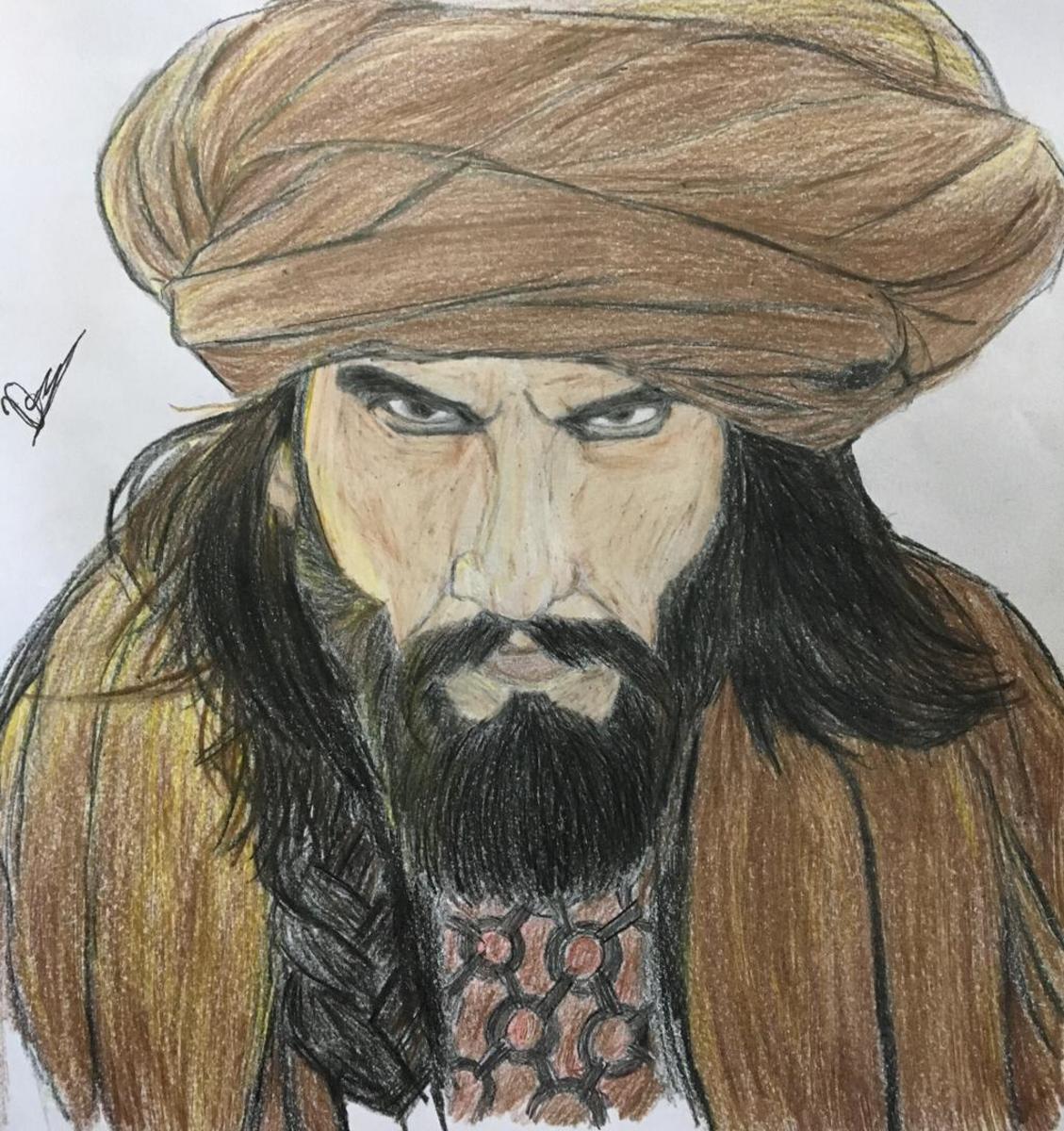- HubPages»
- Education and Science»
- History & Archaeology»
- History of Asia
Rajput kingdoms in India
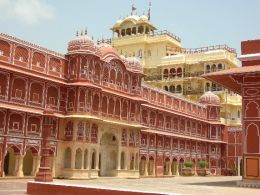
Rajput kingdoms
Rajputs rose to prominence during the 9th to 11th centuries and their Kingdoms are mostly seen in Current-day Rajasthan and the Rajput population and the many Rajput states are found spread through much the subcontinent, particularly in North India and central India. Though there is no single opinion about the origin of the Rajputs, majority accept the view that Rajput clans were either descendants of Hunas settled in Northern and western India or of those tribes and peoples who had entered India with Huna invaders.
Of several Rajput clans four (the later Pratiharas, the Chauhans, the Solankis and the Paramaras,) claimed special status and traced their descent from a mystical figure that arose from a fire pit near Mt. Abu, and called themselves as Agnikula Kshatriyas.
Rajput Clans
Pariharas or Later Pratiharas: They founded their kingdom on the ruins of former Pratiharas and ruled over southern Rajasthan.
Chauhans (956-1192 A.D): Chauhans were the feudataries of Pariharas and assisted them in checking Arab invasions, They ruled over Eastern Rajasthan with 'Sakambari' as their capital. Simharaj, the founder of the dynasty, built Ajmer town. Visaladeva, another Chauhan King, defeated the Ghazanis and Tomaras and occupied Delhi. Visaladeva wrote Harshakeli and established university at Ajmer. The greatest of Chauhan Kings, Prithviraj defeated Muhammed of Ghor in the. first battle of Tarain in 1191. However in the second battle of Tarain (1192), he was defeated and killed by Muhammed of Ghor.
Solankis (945-1297 A.D.): They were also known as Later Chalukyas ruled over Gujarat with Anhilwarah as capital. They came into prominence during the reign of Mularaj. During the reign of Bhima -I, Somanath temple was looted by Muhammed of Ghazni.
Paramaras: They were also known as pawars ruled over Malwa with Dhar (near Indore in M.P.) as capital. They were the feudataries of Rashtrakutas. Upendra or Krishnaraja was the founder. Munjaraja was the greatest king of this dynasty. He constructed a tank known as Munjasagara for irrigation. King Bhoja established a Sanskrit college known as 'Bhojasala'. He patronized men of letters like Dhanapala, Santhi Sena, Sobhana, Prabha Chandra Suri, Vijnaneswara, etc.
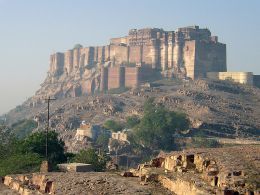
Gahadwalas (1085-1202): They were also known as Rathors ruled with Kanauj as their capital. Chandra Sena was ] the founder of the dynasty and Govinda Chandra was the greatest king. Samyukta, the daughter of Gahadwala king Jayachandra was eloped and married by Prithviraj chauhan. Jayachandra did not support Prithviraj when he was attacked by Muhammed of Ghor. Later Jayachandra was defeated by muhammed of Ghor.
Kalachuris (845-1212): Kokkala founded Chedi Kingdom of Kalachuris with Tripuri as capital Gangayadeva of Kalachuri dynasty assumed the titles Trikalingadhipathi and Vikramaditya after conquering several areas.
Chandelas: They were the feudataries of Rratiharas. Jayasakthi was the founder of this dynasty and ruled Bundelkhand area with Khajuraho as capital. Dhanga another Chandela ruler assisted Jayapala, the Hindushahi ruler in repelling the Turkish invasions. King Ganda concluded a treaty with Muhammed of Ghazani in 1022 and presented several gifts. The Chandela dynasty ended with the conquest of Bundelkhand by Alauddin Khalji.
Social conditions during their period
Feudal characteristics became prominent in them and the kings position weakened. The military aspect of feudal relationship that is, the obligation on the part of the feudatory to supply troops when required by the king became increasingly important as wars between the various states became more frequent.
Their Villages were based on a self sufficient economy where production approximated to local requirements, with little attempt at producing a surplus to be used specifically for trade or exchange as surplus production would hardly have benefited the peasant because it would have led to a higher demand from the land owner for a larger share. Trade was further hampered by the emergence of a wide range of local weights and measures.
Heroic virtues were instilled into the child from birth and a man who shirked fighting was held in contempt. Women too were taught to admire men who fought well. Sati (A Hindu tradition of the immolation of a widow on her husband's funeral pyre), whether voluntary or forced but this was almost followed by every clan.
Legal writing reflected the tendency of seeking the sanction of older sources for contemporary usage and this resulted in detailed commentaries on earlier works such Manu' Dharmasastra.
The specialization of labor in the working of the rural economy led to the proliferation of sub-castes like goldsmiths, rope-makers, etc.in the villages. Various castes and sub-castes formed and started pursuing their own interests and these associations diluted political loyalties. Caste Panchayats in villages were supreme authority for that particular caste. As the technical professions were looked down, the progress in technical skills received a set back.


